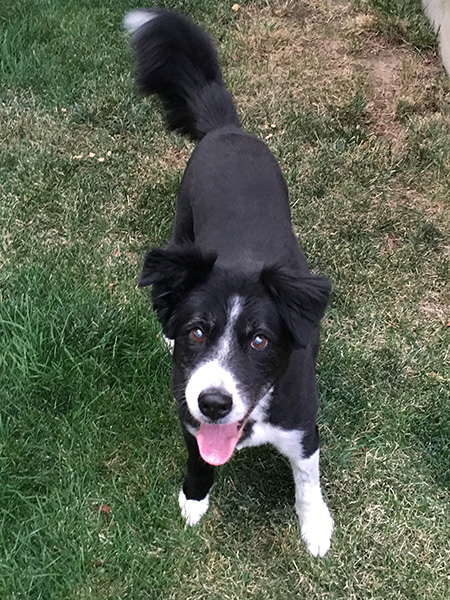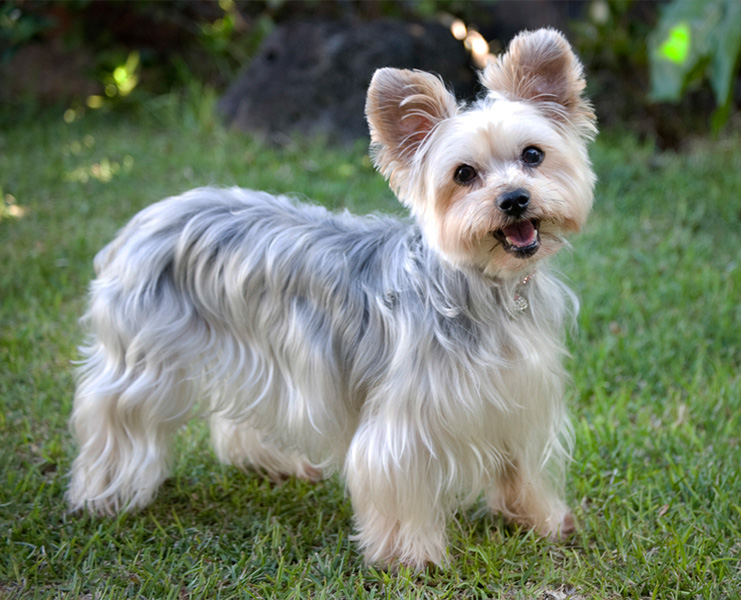Tuesday Painterly Photo Art – Arica Dorff
I met Arika when she was on a road trip creating images for her pet photography business. She was passing through Sedona, and I had the pleasure to make her acquaintance and discovered her pet art painting. I love the expression of her pet portraits and the feel of her art. I think you will too!
Here’s Arika.
“I got into digital pet paintings using Corel Painter after I sold my pet photography studio in Las Vegas, Nevada. I had my studio for nine years and always wanted to offer my clients the option to have their portraits enhanced to a painting, but I never had the time to devote to learning the art. Specializing in painting pets was a natural decision for me since working with domestic animals, and their awesome owners had been my niche for my entire photography and teaching career.
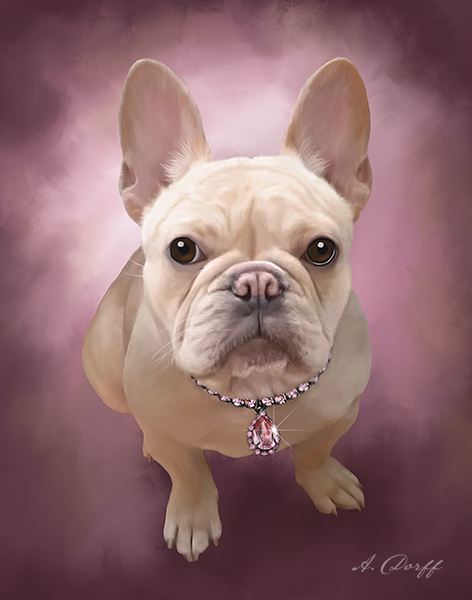 Had to put this photo of Lola right up front! Check out the bling! © Arica Dorff Photography
Had to put this photo of Lola right up front! Check out the bling! © Arica Dorff Photography
 Lola before. Arica is often working from cell phone images supplied by her clients
Lola before. Arica is often working from cell phone images supplied by her clients
Getting started I reached out to two well-known pet painters whose work I admired and I had the opportunity to train with them one-on-one. Their process of turning a photo into a painting is completely opposite of each other, and I quickly realized that, like any other art form, there is no right or wrong way to do things. Working one-on-one with artists you admire, along with online tutorials, is what I recommend to anyone wanting to learn Corel Painter. Painter is much like Photoshop in the sense that they are both incredibly powerful programs but not something the average person could sit down and use with ease without some training and understanding of how the software functions. If you are a Photoshop user, I’m sure you can recall your beginning stages of learning and how you wanted to throw your computer out the window because you couldn’t accomplish what should have been a very simple task. Or maybe you accidentally hit something on your keyboard, and now nothing is working properly. I’ve been there too. So save yourself a headache and invest in training and tutorials when learning Corel Painter and getting started will be fun!
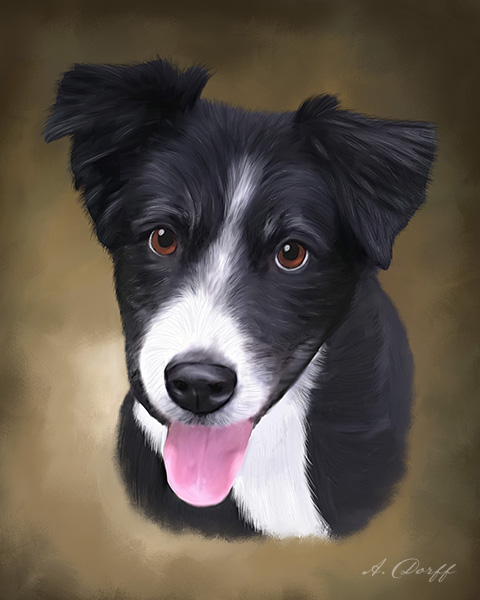 Tasha – Makes you want to say AWWWW. © Arica Dorff Photography
Tasha – Makes you want to say AWWWW. © Arica Dorff Photography
As portrait photographers, we make decisions every day regarding lighting and how we want the light to fall on our subjects. But when I started painting I realized that shadows were something to which I never gave much thought. I would just light my subjects the way I wanted, and the shadows were naturally just wherever they were. Well, when you hand paint a background in like I do for most of my paintings (as opposed to enhancing the current background in the portrait) your full-length subjects would be floating on the background if you didn’t anchor them with a shadow. Such a simple concept, but not something I ever gave much thought to until I had to create my shadows.
Painting also forced me to pay more attention to the direction of where light was coming from, which is useful when creating dimension and depth in your backgrounds. Notice how most of my backgrounds have a lighter area near the animals face, this lighter area always coincides from which the direction the light is coming. The opposite side of the painting is always a darker shade which represents the natural fall off of light.
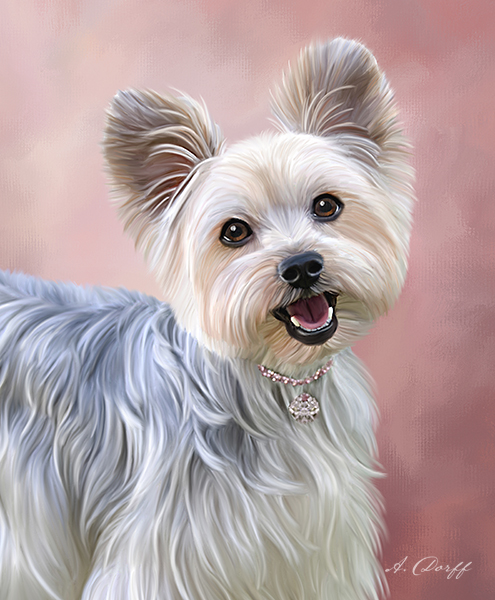 Emma – Great expression © Arica Dorff Photography
Emma – Great expression © Arica Dorff Photography
Pets eyes are my favorite part of every painting (okay wispy stray hairs might be an equal favorite), but the eyes are what makes the paintings come to life. When doing digital paintings, I often use the existing photo and just enhance it with detailed brush strokes. But not with eyes, I always paint in the eyes freehand. Step 1: Paint in the eye color. Step 2: Paint in the black pupil. Step 3: Paint in the white catchlight – make sure it’s on the same side of the eye where the light is coming from! Step 4: Paint in the counter catch light area with lighter highlights to bring the eyes to life.
Since I’ve done some teaching in the pet photography world, I’ve had a lot of people asking me to train them on digital pet paintings. I currently offer one-on-one screen sharing training sessions, and I’m working on putting together a downloadable video tutorial. For the photographers who don’t have the time or desire to learn to paint, I offer a wholesale option where I send them the digital artwork for them to brand and print for their clients (as opposed to my retail customers who I present with canvas gallery wraps).
 Cooper – © Arica Dorff Photography
Cooper – © Arica Dorff Photography
Digital Pet Paintings have been an awesome way for me to stay connected with the pet photography community, pet owners who I love to create cherished art for, and I get to do it all while hanging out with my pup and working from home!”
Check out more of Arica’s work. aricadorff.com
Yours in Creative Photography, Bob
PS – If you are someone who is creating Painterly Art with photography as a base, or know someone who is, and would like to be featured here on Successful-Photographer get in touch.


